You will surely have seen the posters for The Girl on the Train with Emily Blunt staring from a train window beneath the question: ‘What did she see?’ I don’t know …buddleia? Bindweed? The occasional abandoned supermarket trolley? That is all most of us see from trains and while it’s true that buddleia, bindweed and the occasional abandoned supermarket trolley would make for a very dull film, it could scarcely be any duller than this. And that is the truth.
This is an adaptation of the thriller by Paula Hawkins; a thriller that, I would venture, attained bestseller status largely because it was touted as ‘the next Gone Girl’ and ‘the British Gone Girl’ and we all fell for it. I fell for it myself and if you read the book, as I did, you’ll have got a quarter of the way through and, having worked out what was going on, binned it so you might turn your attention to something more riveting, like pairing socks or compiling your tax return. It had none of Gone Girl’s literary flair or smarts but good films can be made from bad books (see Jaws, The Godfather etc.), although it certainly isn’t a given. (Everything by Dan Brown, ever, ever, ever.)
Our heroine is Rachel (Blunt), a divorced alcoholic who tips cheap vodka into her water bottle and commutes into the city every day because she can’t face telling anyone she’s lost her job. In the book, the city was London, but here Rachel has been uprooted to Manhattan. On her journey to and from upstate New York (presumably) she stares out the window at the passing houses, which are so huge and plantation-style it looks like they’ve been airlifted in from 12 Years a Slave. (Is this what houses are like, just outside Manhattan?)
In particular, she stares at one huge plantation-style house as it’s where she used to live, and could still be living if she hadn’t messed up. But it’s now occupied by her ex-husband Tom (Justin Theroux), his second wife Anna (Rebecca Ferguson) and their cute baby (a Cute Baby). Because no one in any of these houses has thought to plant trees at the bottom of their gardens, even though the railway track runs close, and because Rachel must have truly phenomenal eyesight, and because the trains must travel extraordinarily slowly, if not haltingly — and you complain about Southern? — she can look right into Tom and Anna’s house and even clocks them having sex on the kitchen counter. (Plant some trees, FFS! Buy some curtains!) The train also offers her the view of another house on the street, and she conceives an idealised fantasy life for the handsome young couple she often observes drinking coffee on their decking, or drinking wine on their decking, or necking on their decking. (Get a room, FFS! With curtains!) But then she glimpses something that undermines her fantasies, drunkenly disembarks from the train — and what does she do? She doesn’t know. She wakes up the next day bruised and covered in blood but can’t remember anything (always a drag, that). Then the wife of the handsome couple — that is Megan (Haley Bennett), who is married to Scott (Luke Evans) — goes missing. Did Rachel do something to her?
Betrayal. Jealousy. Disappointment. Emotional abuse. The unreliable narrator. This has all the ingredients of a psychological suspense thriller if only it were a) psychological and b) suspenseful and c) not crap (basically). How one wishes Patricia Highsmith might have had a hand it, or Hitchcock, or anyone with a true feel for the genre. There is no psychological dimension as the characters aren’t characters as such, more cogs in the plot machine. I’ve seen superior character work on Hollyoaks, seriously. There is even a psychiatrist who appears, serves the plot, then disappears without trace. (Come back, come back! All is forgiven!)
The film is directed by Tate Taylor (The Help), who appears to have no aptitude for pace, or mounting tension, and instead offers scene after scene of close-up after close-up — I can talk you through Blunt’s pores if you like — as everyone hangs about in twos only discussing matters relating to the plot. It is wooden beyond belief. Blunt gives it her all, and is probably the best thing in this, but she can’t surmount the material or the direction, which requires sozzled sobbing (in close-up) at every turn. She is meant to be a broken, desperate woman but without the depth all we get is ‘Distraught Face’ over and over again.
So, no more interesting than your average buddleia although, that said, your average buddleia, while an invasive menace, does swish in the breeze, shed leaves and stuff, attract butterflies …don’t knock watching buddleias until you’ve tried watching this is all I’m saying.
The post Wrong side of the tracks appeared first on The Spectator.
Got something to add? Join the discussion and comment below.
Get 10 issues for just $10
Subscribe to The Spectator Australia today for the next 10 magazine issues, plus full online access, for just $10.
You might disagree with half of it, but you’ll enjoy reading all of it. Try your first month for free, then just $2 a week for the remainder of your first year.

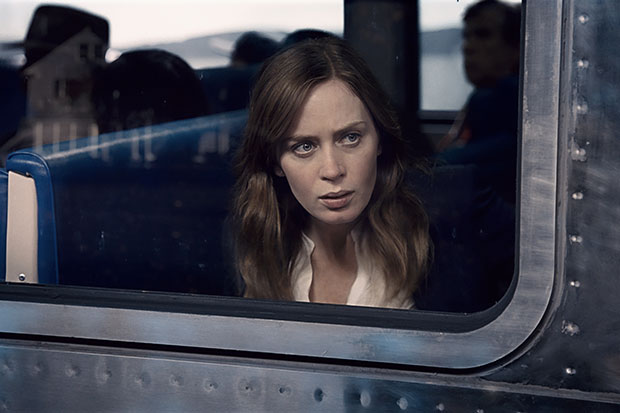
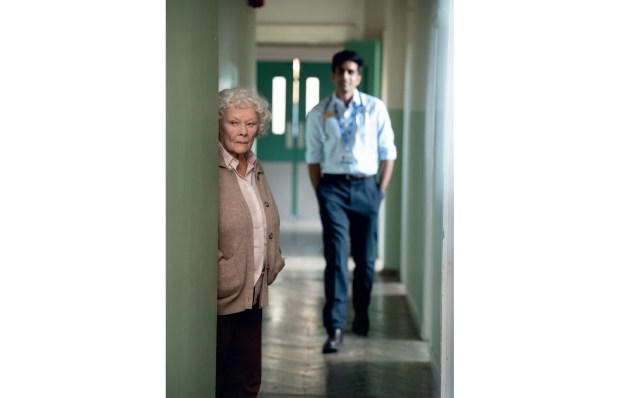
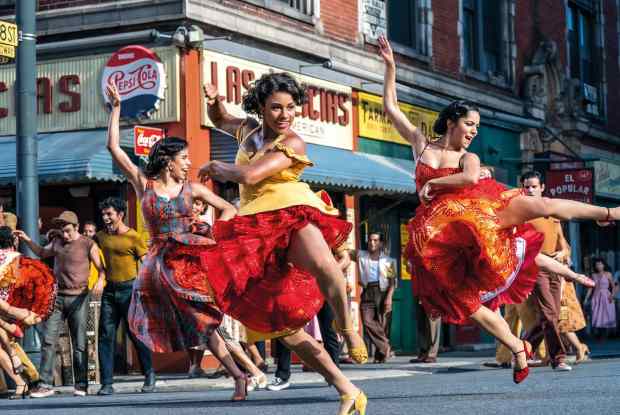
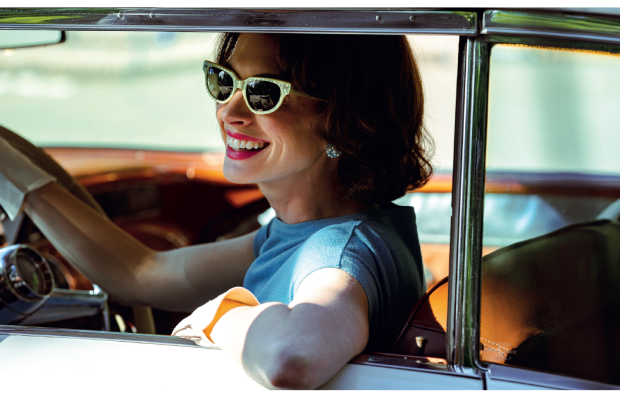
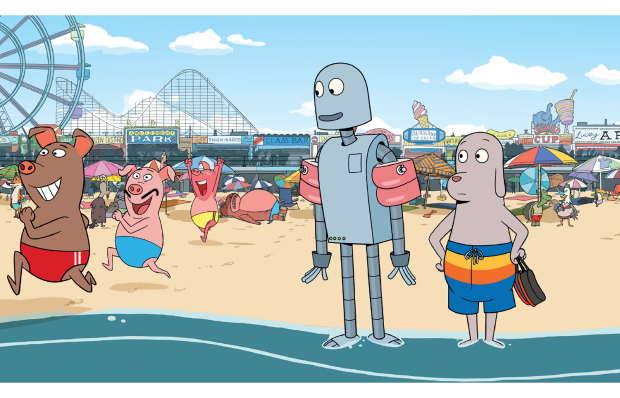
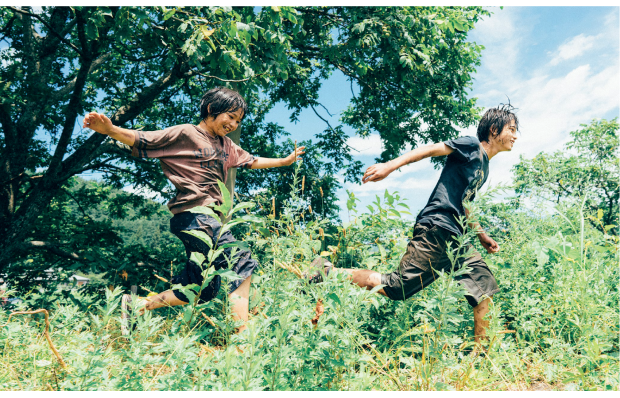
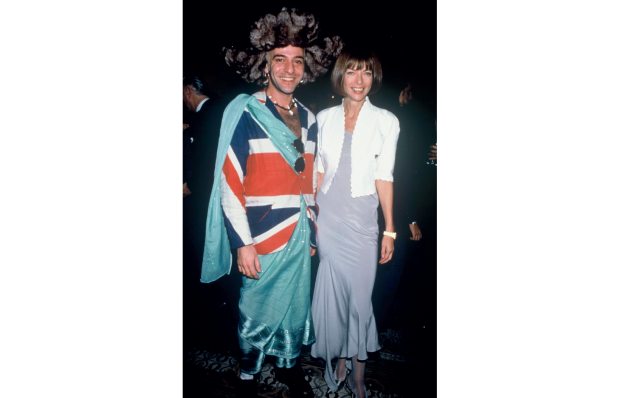






Comments
Don't miss out
Join the conversation with other Spectator Australia readers. Subscribe to leave a comment.
SUBSCRIBEAlready a subscriber? Log in